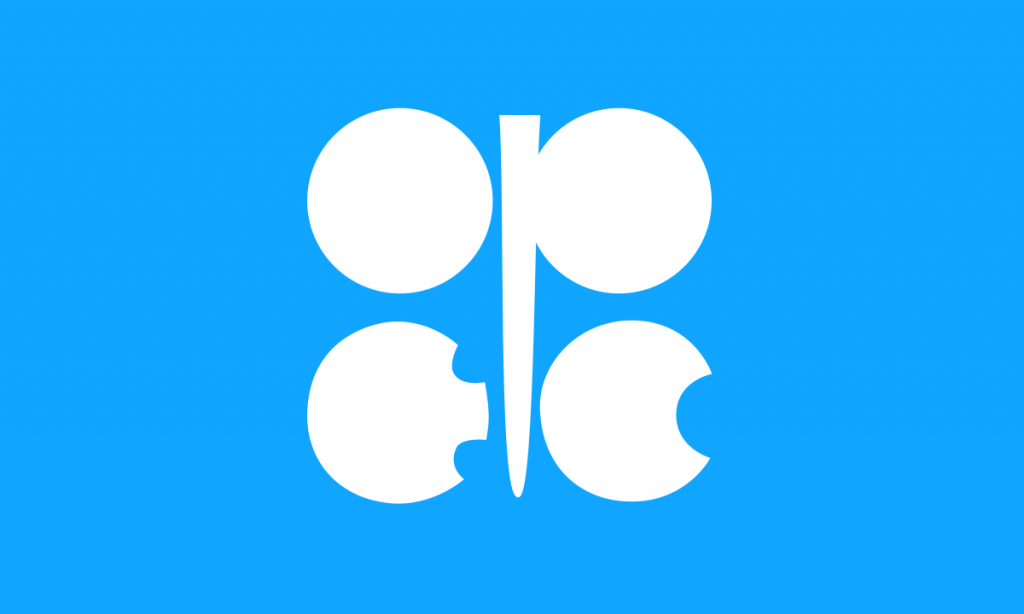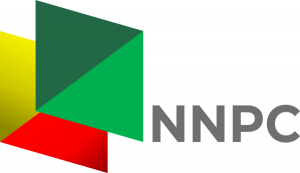By Our Correspondent
Algeria, Libya, and Nigeria have maintained their positions as Africa’s leading oil and gas exploration and producing countries. According to the Organization of Petroleum Exporting Countries (OPEC) September 2025 Monthly Oil Market Report (MOMR), the rig counts for these countries in August 2025 were 40, 18, and 15, respectively.
The report noted that these countries also deployed 42, 18, and 13 rigs, respectively, in July 2025. Algeria had the highest number of rigs in August 2025, while Equatorial Guinea had none. Other African nations, such as Congo and Gabon, deployed one and three rigs, respectively.
Globally, OPEC members collectively recorded 596 rigs, with Saudi Arabia leading the organization with 232 rigs. Non-OPEC and world rig counts stood at 1,268 and 1,864, respectively.
The report also highlighted the importance of increased investment, noting that manufacturing investment remained stable, supported by significant industrial output growth. Additionally, the report discussed the impact of US-China trade tensions and the potential for increased demand for certain oil products, such as naphtha and jet/kerosene.
It stated: “Manufacturing investment has remained stable, supported by industrial output that continued expanding significantly, rising by 5.7%, y-o-y, in July, though this is slightly below the 6.8%, y-o-y, seen in June and 5.8%, y-o-y, in May. Furthermore, merchandise exports increased by 7.2% in July, slightly above the 5.9%, y-o-y, seen in June. This was driven mostly by exports to key markets, including the EU and Southeast Asia, amid softening exports to the US, suggesting the rerouting of some exports to the US.
“Meanwhile, on the ongoing US-China tariffs-related dispute, the impending deadline for massive US tariff increases on Chinese goods was deferred a second time on 12 August 2025. Washington and Beijing agreed to extend their tariff truce by 90 days until 10 November. Chinese producers are trying to export more to markets in Asia, Africa and Latin America to offset the impact of US tariffs. Infrastructure-related fiscal spending is anticipated to remain stable, supported by fiscal stimulus.
“Beyond infrastructure spending, the Chinese government has also been very active in financing routine expenditures, including education, healthcare and public-sector wages. These measures are expected to support household consumption indirectly by easing pressure on disposable household income in the near term. In the meantime, a report showed that road traffic in major cities of China rose by 5.2% points in the week to 27 August. All of these point to robust product demand going forward.
“With ongoing healthy petrochemical feedstock requirements and demand for transportation fuels expected to offer support, strong IP is expected to further back diesel demand in the country. In terms of specific oil product demand, naphtha is projected to lead by 160 tb/d, y-o-y, in 2025 and NGLs/LPG is expected to grow by 40 tb/d, y-o-y. The increase in demand is on the back of an expected surge in petrochemical activity. Jet/kerosene is expected to grow by around 70 tb/d, y-o-y. However, gasoil/diesel is expected to decline by 40 tb/d, y-o-y and gasoline is projected to decrease by around 10 tb/d, y-o-y.”





